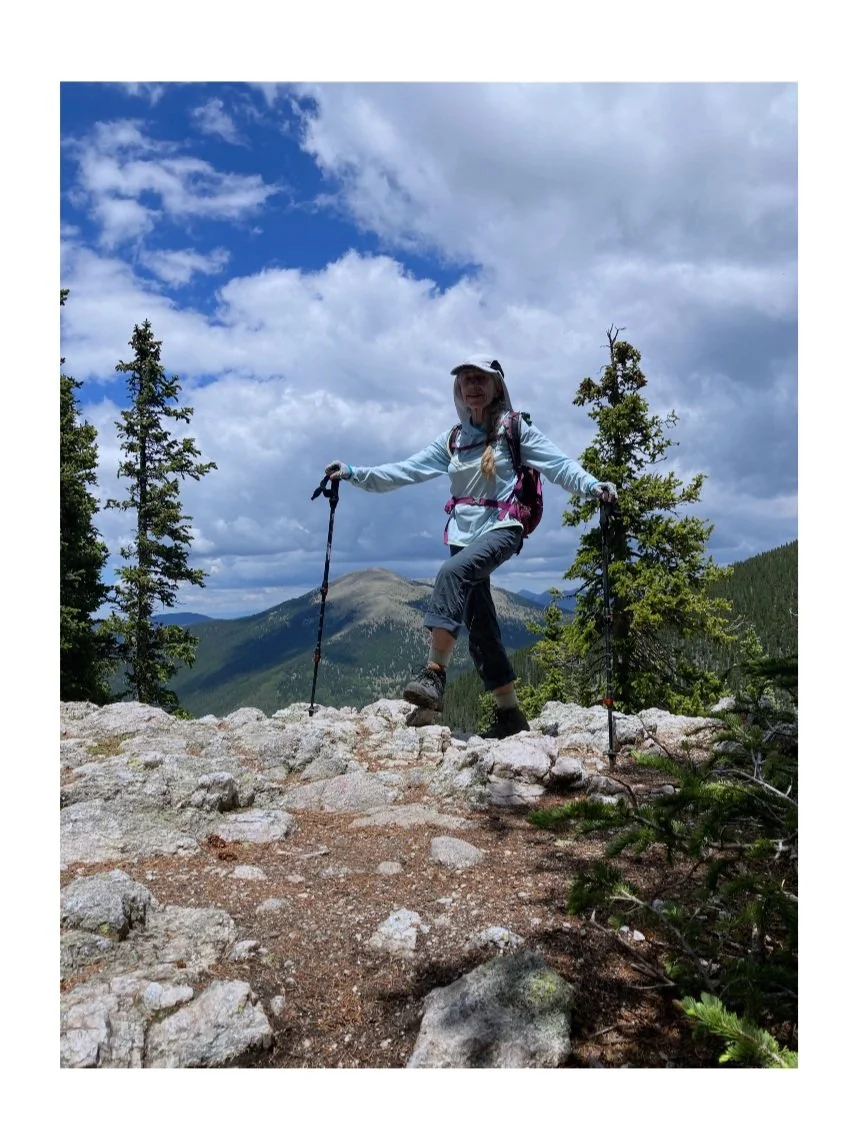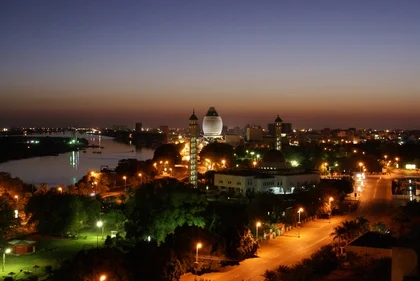The Challenge for Drones
By Mike Chambers
The DA 50 “Super Bat” soared into the African night with a confident yet muted growl and impressive acceleration. Take-off was aided by a catapult that got the 8.5-foot wingspan unmanned aerial vehicle into the air from a few feet of rail. Take-off was quick and efficient. Just what was needed for an African drone operation to catch poachers.
It was also a relief for me personally. I had been negotiating the bureaucratic issues for far too long. Getting a drone anti-poaching project up and running implies many hurdles: Aviation regulations, security clearance, international trade restrictions, promotional profile, and fundraising efforts. I had been maneuvering those issues into place for more than a year. To see the Superbat accelerate into the night was more than exciting. It was a personal accomplishment.
After take-off I ducked into the lean-to where the control station was set up. It was three in the morning and our trial criteria was to evaluate nighttime operational capability. How effective is the infrared camera and how far off can you ‘detect a human’? Human detection is key. If there are people, they are illegal.
“Mike, check it out!” was the excited call from the group at the monitor. Our Tanzanian team, and the manufacturer’s reps, were leaning into the monitor and bubbling with excitement. “Look, more than half a kilometer! I can count them!” There was indeed a line of black figures walking across the screen that were clearly oryx. Dawn would be the most important time as that’s when the wildlife will be starting to move and when poachers would be making their plans. It was crucial to have a detection system that could bracket this time of day.
Our trial at Mkomazi National Park in northern Tanzania was winding down and the team was excited at the apparent success. We had already flown trials in the west and south of Tanzania with different UAVs. The first was a smaller aircraft that might have equipped a single ranger patrol but couldn’t cover the ground our concept demanded. The second was bigger but didn’t have the sensor pack to do the job.
That night the Superbat proved it had what it takes. We weren’t looking for a scout, we were looking for a capability that could find people in big areas. In fact, we nicknamed the project “Big Ground”. The plan would use drones to find the poachers and send the rangers to the identified positions. The drone operation would make flight plans based on the protected area’s intelligence. Seeing the nighttime infrared of surveyed areas was crucial to the success of the operation.
We weren't actually cheering, but the excitement of success was in the air. An odd feeling, out in the African bush where the savannah stretched in all directions as it had for millennia, yet we were testing plans on the front edge of modern technology.
The shelter was only lit by the monitor’s glow. The side walls were open, and a set of headlights appeared coming down the track towards us. That was surprising, as we weren't expecting visitors and no one was supposed to know where we had set up. I went out to meet our visitor and the 4x4 came to a halt very politely with the passenger door right in front of me. The door opened and out stepped the Director of Operations (DOO) of the national park authority. The DOO was the link I had been negotiating with at headquarters for the past year to get the authorization for our tests. He was a bit of a mix: On the surface, a typical constrained, Tanzanian bureaucrat, but dig deeper and he was willing to take chances.
“Good Morning!” He called out with a touch of pleasure at our surprise. “Where is this machine you have been telling me about?” I was surprised at the visit, but his voice seemed genuinely interested and his support was just what was needed for the next phase of development. If this trial was successful, we could raise some money and go operational.
“Sorry, Mr. Director, she’s up on a flight. Come in and see the monitor”. As we walked the short distance to the shelter, another Land Cruiser came from the other direction. The driver this time was Tony Fitzjohn, the manager of Mkomazi’s famous Rhino Sanctuary. Tony is a legend in the wildlife non-profit world since he was a part of the iconic Born Free story.
The three of us went into the shelter and looked over the operator’s shoulder. When they saw the screen, a cloak of silence fell on the conversation. They were both professionals who knew their business. The sudden silence implied that they were impressed. After a few moments, the Director started to ask questions. He had heard my “strategic rather than tactical” pitch before, but now the reality seemed to come home. Tony’s apparent buy-in also had a positive effect. Tourism numbers and conservation plans both need positive NGO backup. Here it was.
We brought the Superbat back in just after dawn. Weirdly, the landing was even more impressive than the take-off. It bumped down hard and came quickly to a stop. Not pretty at all but very, very tough! I looked over and could see the same opinion in their eyes.
After that, the director backed the Big Ground vision of covering much larger areas with reconnaissance. We signed an agreement and were on track to launch a national project. Unfortunately, the director was promoted out of the Park Authority to head another institution and his replacement didn’t have the bureaucratic courage to carry out new initiatives.
Small-scale “tactical” drone projects in Southern Africa attached themselves to the big international NGOs and associated money. The DA-50 Super Bat “made in Africa” idea lost its momentum. A better environment for new ideas might help us keep elephants and rhinos alive and safe.
Mike Chambers recently returned to Canada after 30 years in East and Central Africa. He is now writing full time and fundraising for the Elephant Survival Organization UAV anti poaching surveillance service in Tanzanian parks and reserves. To learn more, visit http://michaelmargravechambers.blogspot.com/





